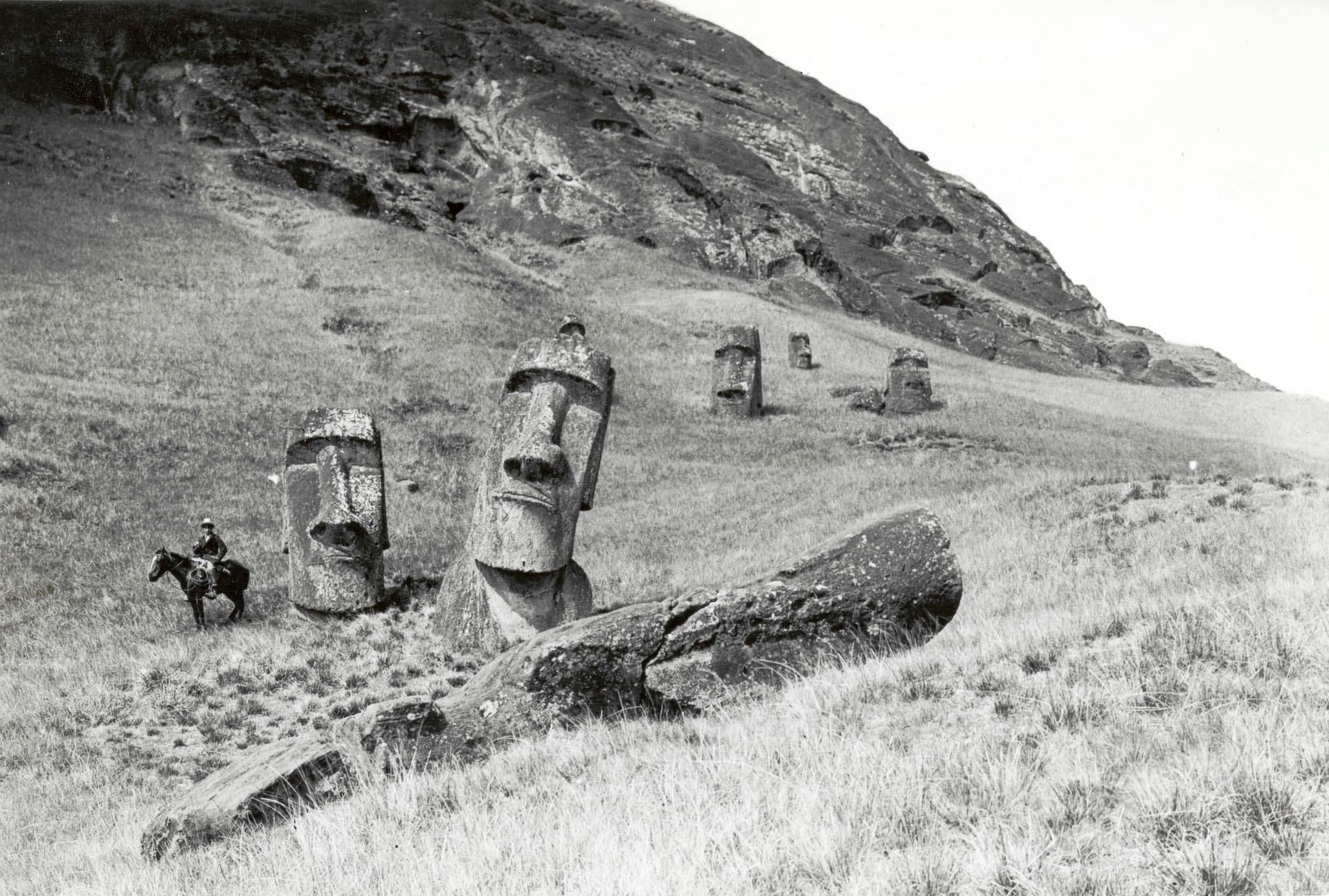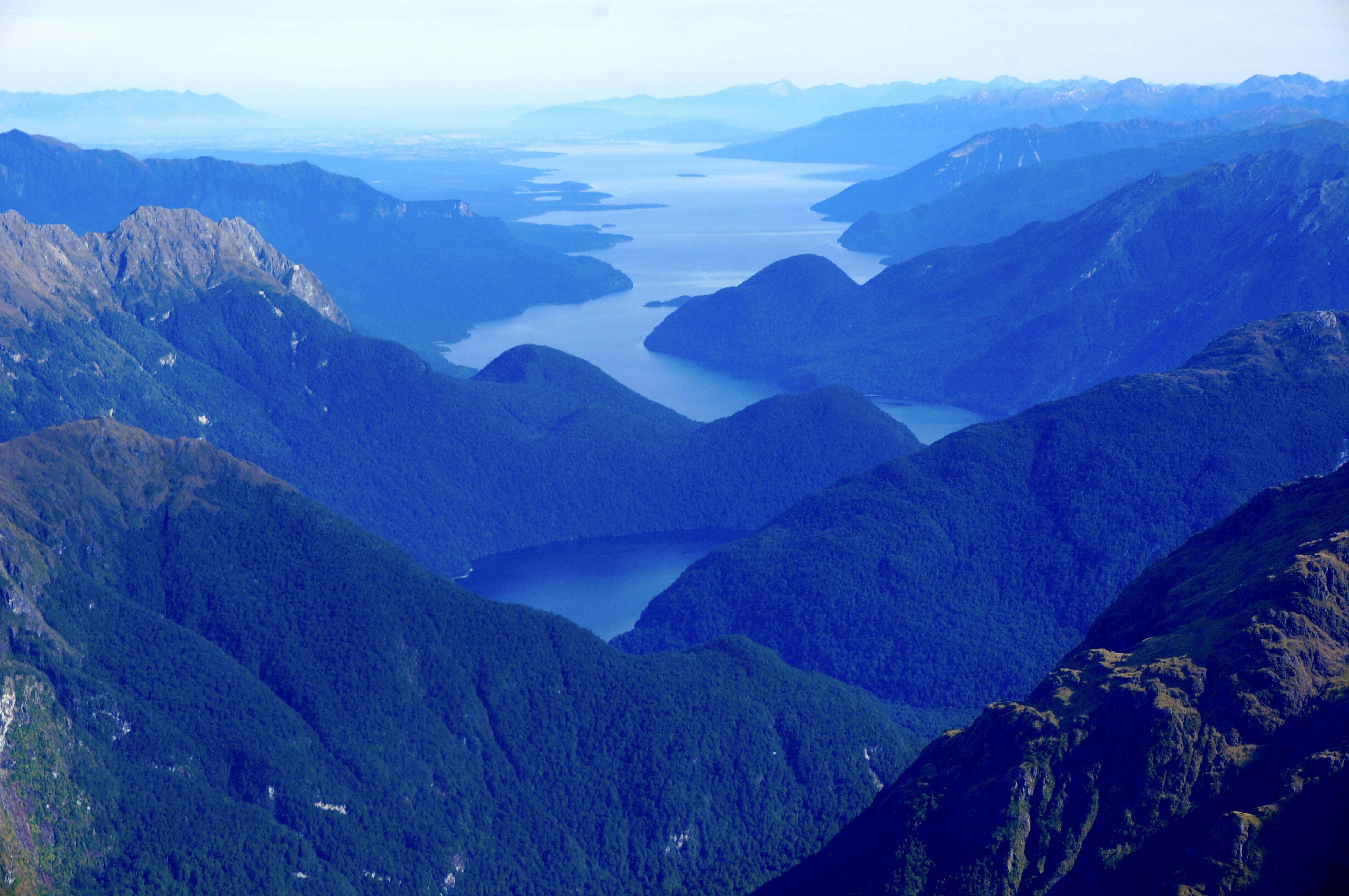A Striking Selection of Early Photography from the Royal Geographical Society
They’ve stood the test of time as tangible evidence of vibrant civilizations. Impressive, centuries-old man-made structures — some now designated as UNESCO World Heritage Sites — are scattered across the globe, from the lush lowlands of the Yucatán Peninsula to the Nepali foothills of the Himalayas.
Much as they do today, these sites captured the imagination and admiration of pioneering travelers more than a century ago. As part of the collection “Lights and Shadows — Photographs from the Royal Geographical Society (with IBG),” these pieces of early photography both preserve an indelible historical record and serve as an introduction to the Royal Geographical Society’s archive of over 500,000 historic images. Back in the1880s, the Society’s official Instructor of Photography, John Thomson, said that capturing history through this medium revealed “the absolute lights and shadows of all things seen.” Today, the Society partners with Silversea Cruises to foster travelers’ love of living history, and the photographs below offer their own time-machine experience.
Durbar Square and adjacent temples in Patan, Nepal
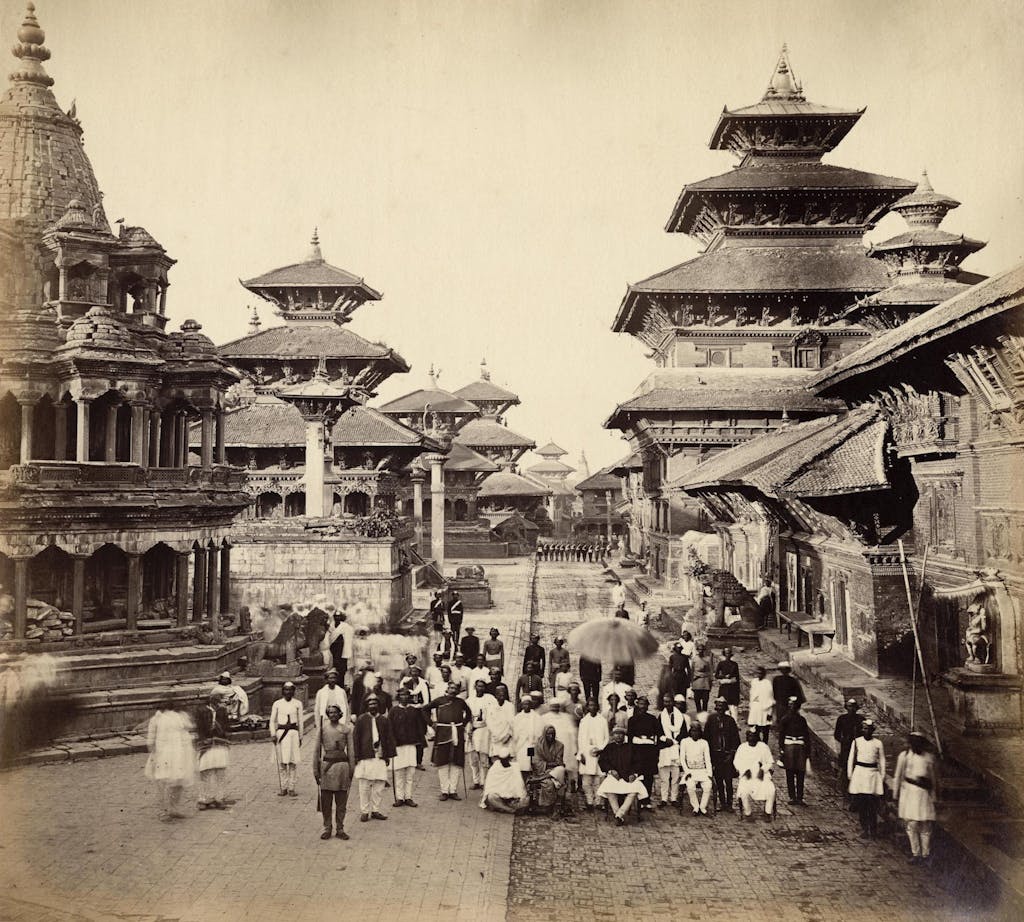
Clarence Comyn Taylor departed for Asia in 1850 and served in the East India Company army before transferring to the political service. He was posted to Kathmandu as an assistant resident at the time when the government of India had begun its commission to document the people and monuments of the Indian subcontinent through photographs, occurring between 1850 and the early 1880s.
As a keen and talented amateur photographer, Comyn Taylor was quickly recruited to document the landscape and people of Nepal. He was responsible for the earliest existing photographs of the country, including those of the temple complex of Pashupatinath, part of a collection of albumen prints. The process by which albumen — found in egg whites — is used to bind photographic chemicals to paper became the most common form of print photography from the 1850s until the early twentieth century.
Easter Island statues

In 1910, archaeologist and anthropologist Katherine Routledge and her husband William first began to think of travelling to Easter Island and conducting fieldwork there. Both had previously traveled extensively, including two years spent in East Africa. Earlier European visitors to the islands, including J. Linton Palmer, had commented on — and often drawn or painted — the “moai” statues, but by 1910 there had still been no serious scientific study of the famous figures. To both Katherine and Scoresby, this presented an opportunity.
Arriving at Easter Island on March, 29, 1914, Katherine immediately began preparations for her planned program of fieldwork. Throughout the project, she worked closely with Juan Tepano, the headman of Hanga Roa village, who assisted Katherine as interpreter, protector, collaborator and friend. Along with surveying, sketching and photographing both the moai and the carvings upon them, Katherine also carried out extensive ethnographic interviews with the inhabitants of the island, preserving much of their culture that might otherwise have been lost.
House walls in Kano, Nigeria
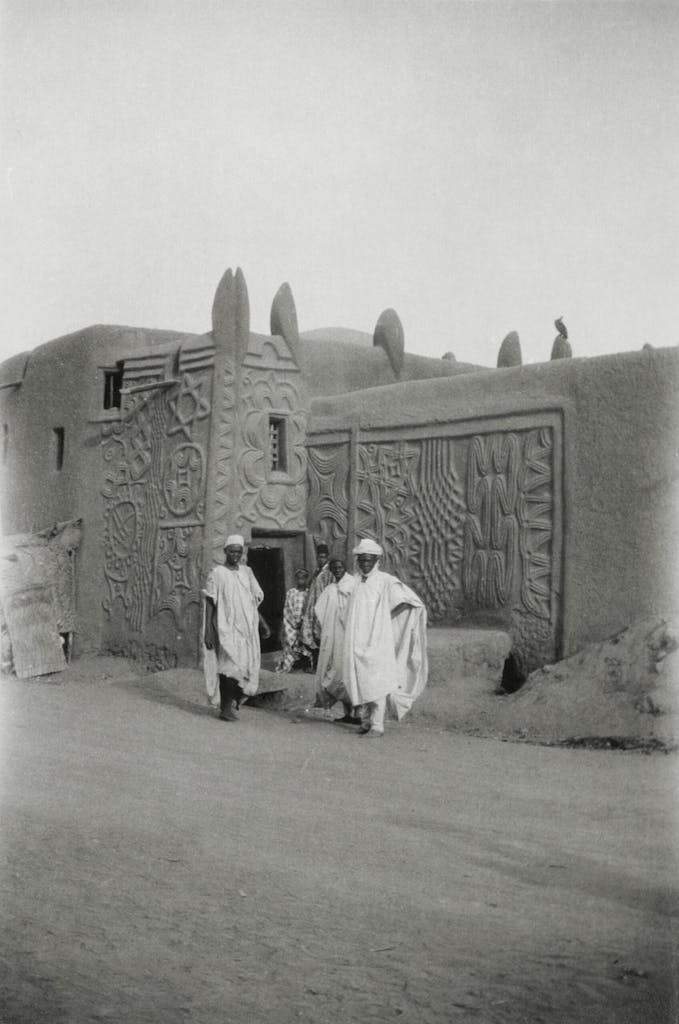
Elizabeth Wilhelmina Ness was the first woman to become a member of the Royal Geographical Society’s Council in 1930. In 1953, she endowed the Society’s Ness Award to be presented “either to travelers who have successfully carried out their plans, or to encourage travelers who wish to pursue or follow up investigations that have been partially completed.” As part of her own travels, Ness became the first European woman to cross the Sudan on horseback and the first to cross Lake Kivu in Rwanda on a fleet of canoes.
Ness undertook a journey from Beirut across the Syrian desert to Isfahan, which she described in her book “Ten Thousand Miles in Two Continents,” published in 1929. A skilled photographer, documenting all of her journeys in meticulous photographic detail, Ness was also one of the first travelers to use 16 mm cinematographic film in color.
Nuns’ Palace at Chichen Itza, Yucatán, Mexico
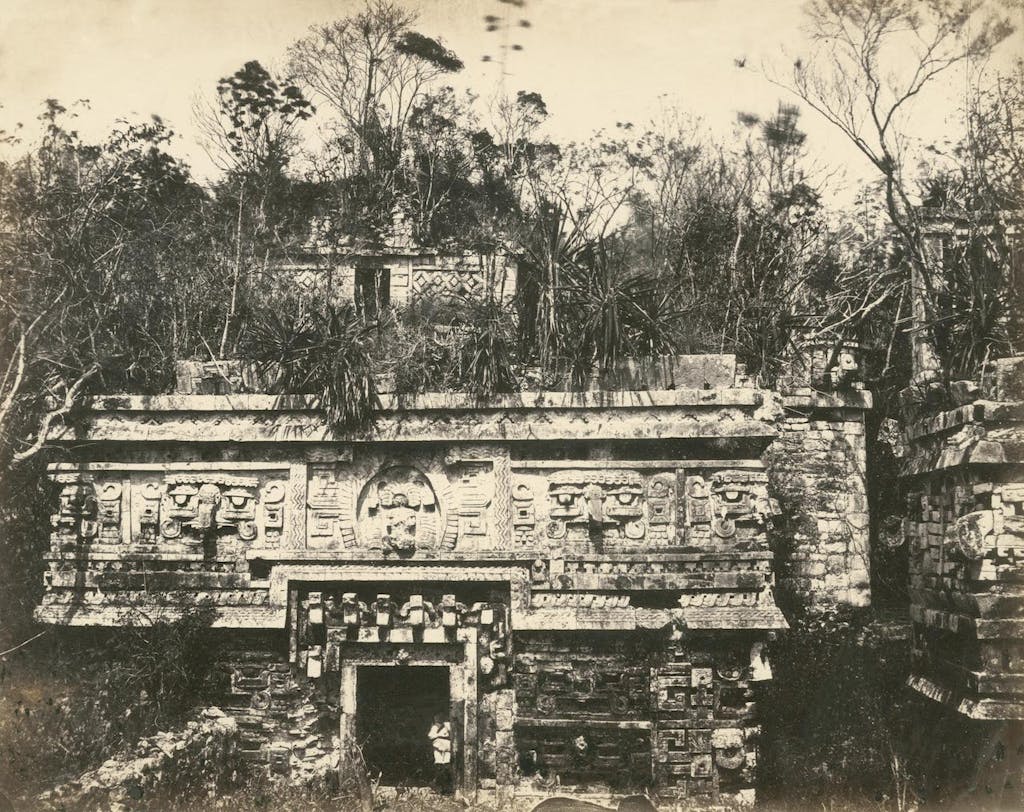
Desire Charnay was a French traveler and archaeologist, notable both for his explorations of Mexico and Central America, and for the pioneering use of photography to document his discoveries.
As a young Frenchman, Charnay traveled to New Orleans where he taught French. He was the first to photograph the Mayan ruins at Mitla, Izamal, Chichen Itza and Uxmal, between 1857 and 1860, whilst traveling on expeditions funded by the French Ministry of Education under Napoleon III. The success of his resulting book, “Cités et Ruines Américaines,” published in Paris in 1863, led him to devote himself to Pre-Columbian Mexican and Mesoamerican archaeology. From 1880 to1883 he again visited the ruined cities of Mexico. Pierre Lorillard IV of New York City contributed to defray the expense of this expedition.
Charnay elaborated a theory of Toltec migrations and considered the prehistoric Mexican sites to be of Asiatic origin, because of supposed observed similarities to Japanese architecture, Chinese decoration, Malaysian language and Cambodian dress. His photographs were the first to document the sites that he encountered.
Want to enhance your travels with an emphasis on capturing history? Browse these history-themed excursions offered on Silversea Cruises, and check out more early photography from the “Lights and Shadows” collection, including images of the Middle East, the Far East and the polar regions.
This article has been produced in collaboration with Silversea’s Corporate Business Partner, the Royal Geographical Society (with IBG), which enriches guests’ expeditions with over 500 years of geographical travel and discovery. Find out more about the Royal Geographic Society partnership with Silversea.



